The Boy in the Bubble: A dozen years waiting to die
Categories: Children | Health and Medicine | History
By Pictolic https://pictolic.com/article/the-boy-in-the-bubble-a-dozen-years-waiting-to-die.htmlThis case is very important in the history of medicine — and not only because of the sad fate of the boy David Phillip Vetter, but also because of the huge chain of ethical problems that it poses and to which there is still no clear answer.
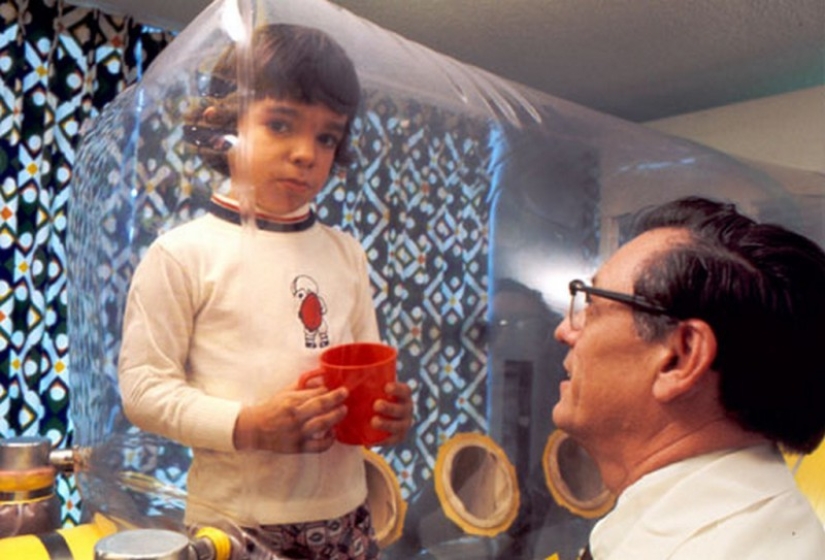
Let's remember Tolstoy and his passage about unhappy families. The Vetter family, devout Christians, were unhappy because of genetic problems. Their eldest son, David Joseph Vetter III, died at the age of seven months. The diagnosis is terrible and almost gives no chance: SCID, aka alimphocytosis, aka Glantzman-Ryniker syndrome, aka-severe combined immunodeficiency (TKID), aka — thymic alimphoplasia. After the described case, the disease will receive another name.

The essence of the disease is as follows: a genetic defect disrupts the work of the thymus gland, as a result of which the born child is absent (or almost absent) T-lymphocytes, and B‑lymphocytes are present, but do not work. Usually, this disease occurs with a probability of 1:100,000 newborns (except for Navajo and Apache Indians, there is a frequency of 1:2500). However, if a boy is born with this condition, the probability that the next boy will be the same is 50%.

The only chance to save a newborn's life is a bone marrow transplant. In the Vetter family, a potential donor was their daughter Catherine. Apparently, that's why they decided to give birth to an heir after all. Especially since the doctors from Baylor Medical College-John Montgomery, Mary Ann Stout and Raphael Wilson-assured the parents that if the same TKID happens, it will be possible to place the boy in a sterile box before the bone marrow transplant. For some reason, no one thought about what would happen if the bone marrow did not fit.

The baby was born, the bone marrow didn't fit. The boy was left to live in a sterile bubble. He was baptized with sanitized holy water and remained incarcerated for a dozen years, almost until his death.
Before entering David's sterile cocoon, water, air, food, diapers, and clothing were thoroughly disinfected. David himself was touched only with the help of special plastic gloves embedded in the wall of the bubble. Toys, books, and other items were cleaned of the slightest remnants of glue and labels, then placed in a chamber filled with ethylene oxide, and kept there for four hours at a temperature of 60°C, after which they were aerated for 1-7 days.

The boy became psychologically unstable, irritable and depressed: he quickly realized what kind of life awaits him and how he differs from ordinary people. At the age of four, he punctured his bladder with a forgotten syringe, and had to tell David about germs and the deadly danger. Since then, the child has added another phobia: fear of germs.
It is curious that the ethical questions of the process were asked by doctors once, in 1975. Then a consultation was held, at which John Montgomery said that if he had the opportunity, he would carry out a similar project again, with another child. When asked: "And how long do you intend to implement such projects?» - he answered: "Until I decide that I can't get any more information out of it — or until the outcome of the project is clear." No more ethical consultations were held.
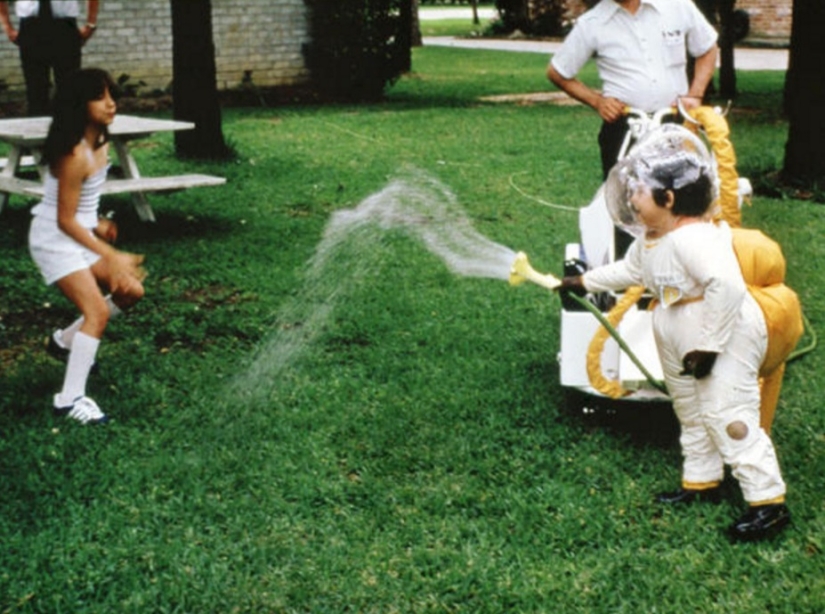
When David was six years old, experts from NASA decided to experiment on him, making the boy a spacesuit for walking. However, the boy could not bring himself to put on a space suit for a long time (there are also microbes!), and then-to come out of the bubble and see for the first time a lot of objects. Anyway, only at the age of six did a child take more than six steps in one direction. And NASA has published a detailed article about the experience of building a children's spacesuit.
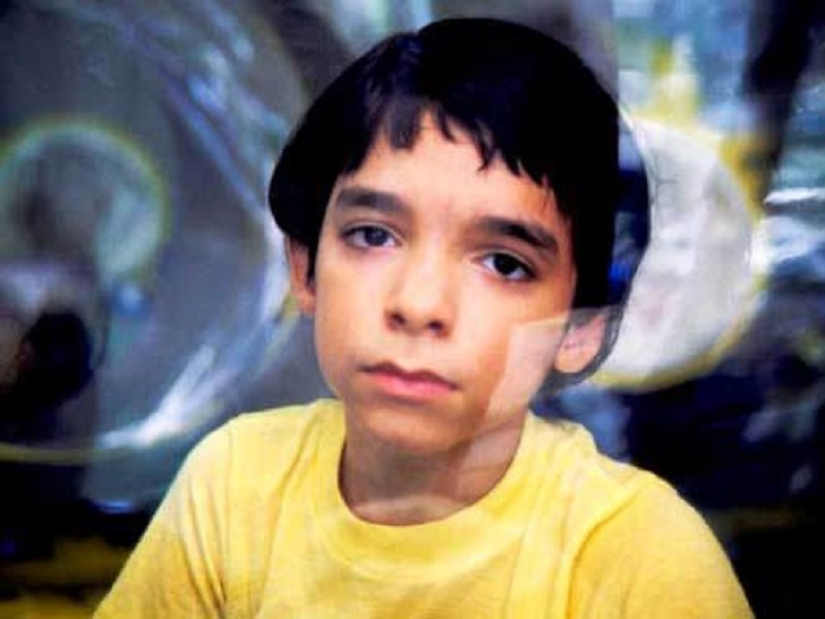
The 80s began. The US government began to make noise about the too expensive (already more than $ 1.3 million) experiment, David's becoming uncontrollable and lack of hope. True, it was not clear what was being proposed-to kill him, or what?
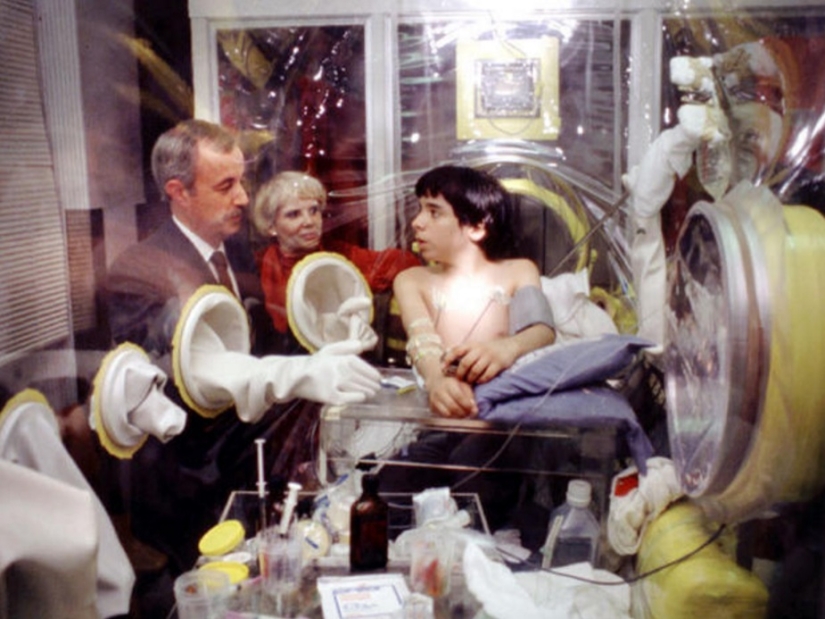
New doctors were appointed, who offered to pump the boy with gamma globulin and antibiotics, which then meant certain death. The parents completely refused, and then the team spent three years trying to convince the parents to allow a bone marrow transplant - all from the same sister. No, it has not become a better fit, but in ten years there have been some results in the fight against rejection. The parents were persuaded, the operation was performed (and, by the way, against the boy's wishes, it was filmed on film).
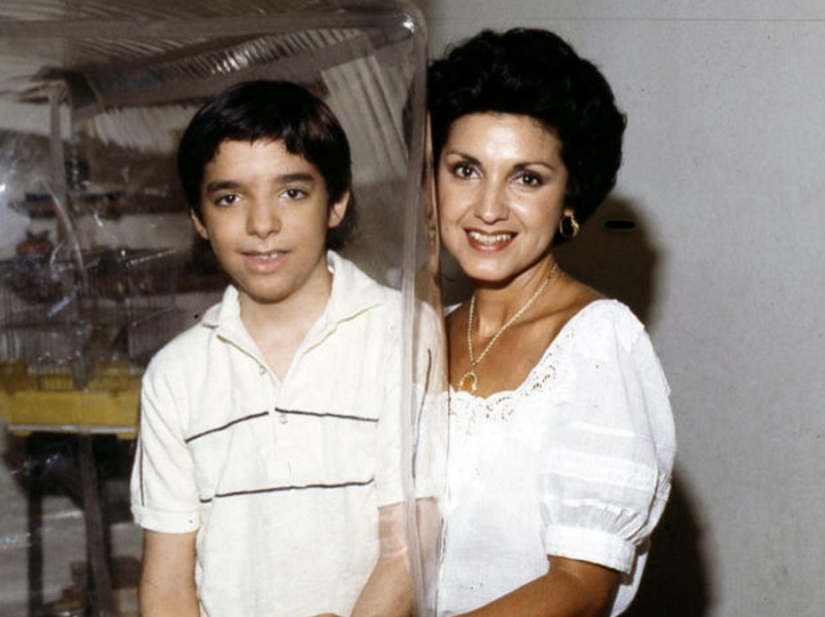
It turned out that the operation was a death sentence. The Epstein-Barr virus was dormant in David's sister's bone marrow. Which, as the future Nobel laureate Harald zur Hausen had already established, causes mononucleosis and Burkitt's lymphoma. Yes, almost everyone has this virus, but almost everyone has it crushed by the immune system, which the baby did not have.
First, in the bladder, the boy developed mononucleosis, and he had to be removed from the bladder. For the first time in 12 years, the mother touched her son, and the boy immediately asked for a Coca-Cola, which he had dreamed of all his life. Coca-Cola was not given, hundreds of tumors were found. Burkitt's lymphoma, coma, death, parental divorce. The disease has a name - "bubble boy syndrome".
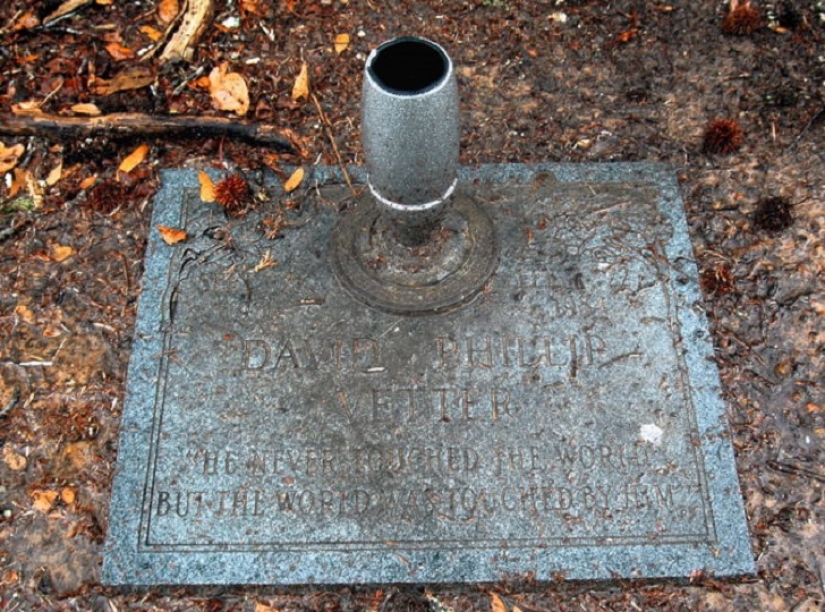
David's personal psychologist and best friend, Mary Murphy, was never allowed to publish a "truthful account of his life" written at his request. And on the tombstone they wrote the touching words: "He never touched the world, but the world was touched by him."
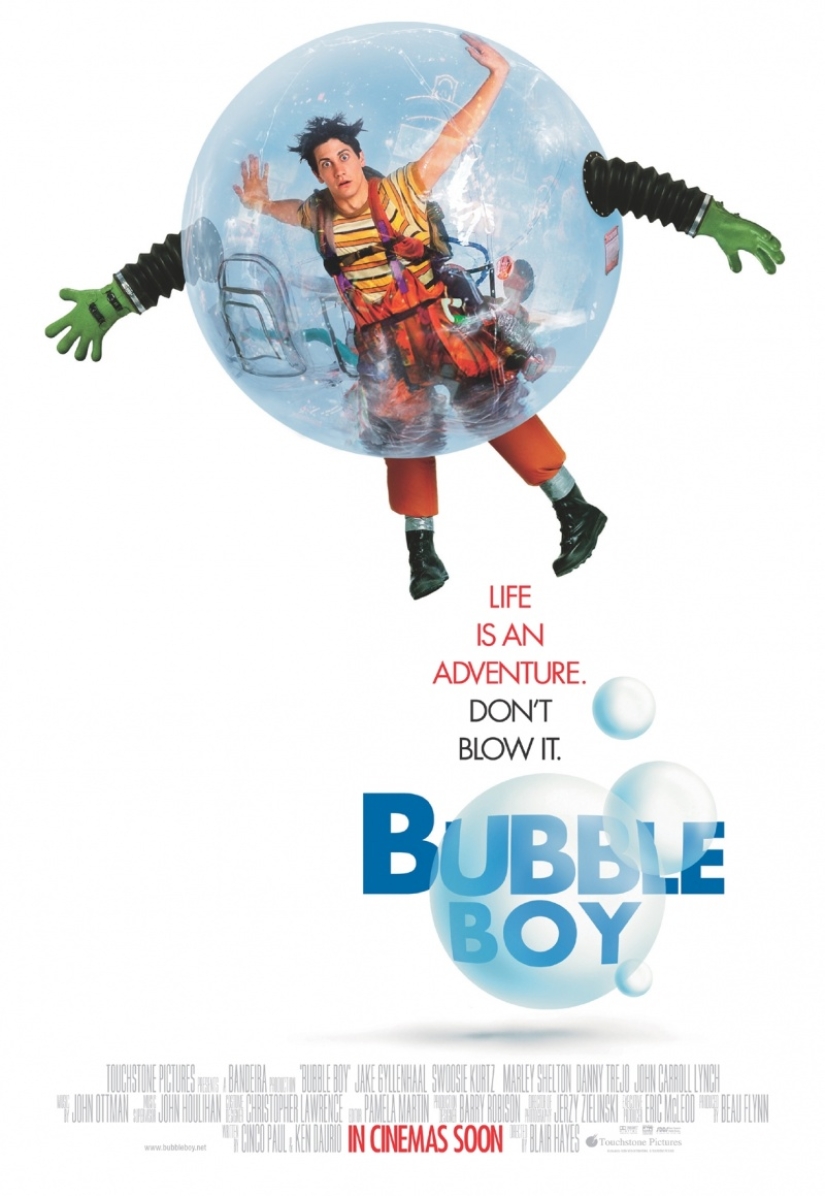
Based on the life of David, they made a comedy film "The Guy from the Bubble", where everything ended well.
Is there an unambiguous ethical solution for such a case? We honestly don't know. But David Vetter deserves to be remembered and thought about every time the question arises, which is better.
Keywords: Death | Health and medicine | History | Disease | Boy | Children | Doctors | Research | Fate | Bubble
Post News ArticleRecent articles

May West once jokingly said that she should be given a license to invent sex, which she discovered for Americans. The name of this ...

Thailand is a kingdom of amazing beauty, where the colors of nature mingle in a captivating palette of rich and varied landscapes. ...
Related articles

May West once jokingly said that she should be given a license to invent sex, which she discovered for Americans. The name of this ...

The Indochina Peninsula, located in southeast Asia, is a favorite place for tourists all over the world. Myanmar, Thailand, Laos, ...

General Dmitry Karbyshev — one of the Soviet commanders who performed his duty to the end. This man was captured in the battle, ...

In the late 1960s and early 1970s, thousands of young people from all over the world embarked on an incredible journey that would ...